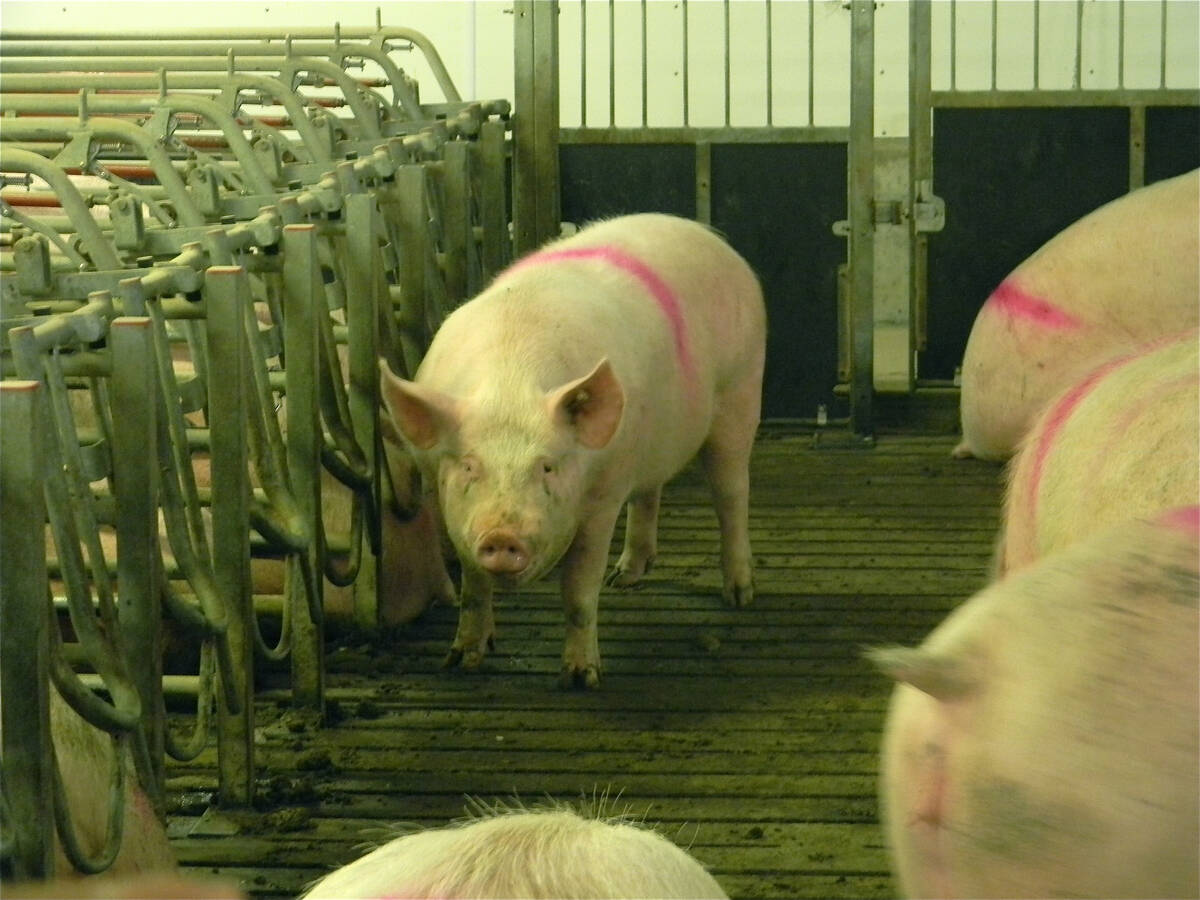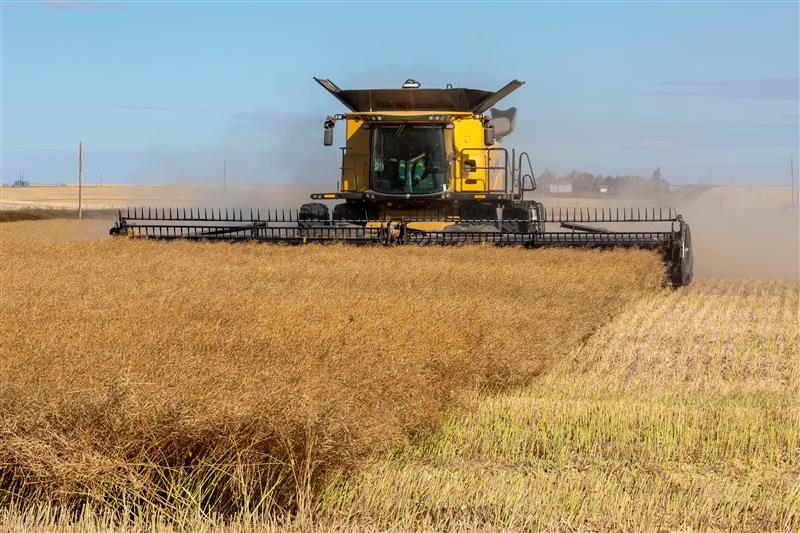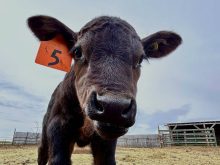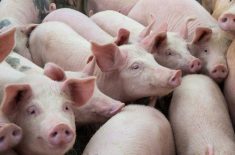The Canadian Cattle Identification Agency has received $1.6 million from the federal government to continue researching electronic livestock tracking systems at auction markets.
“Initially it will provide us with information on how best we can implement this traceability,” said CCIA director Pat Burrage.
The first phase of research found that a traceability system can be implemented at a commercial level in auctions. The next round should help decide what form of technology works best and is most cost effective.
The system should eventually trace an animal from its birthplace to the meat market by tracking movement using radio frequency identification systems. The information will be held in a national database.
Read Also

The Western Producer Livestock Report – July 31, 2025
Western Producer Livestock Report for July 31, 2025. See U.S. & Canadian hog prices, Canadian bison & lamb market data and sales insights.
Introducing the technology at auction markets can be costly but is necessary to ensure food safety, said Ken Perlich of Lethbridge, who participated in a similar Alberta research project.
He said installing panel and wand readers at newer facilities like his was less challenging than retrofitting older auctions. Before the research started, no one was sure if the technology could work at all facilities.
“The pilots allowed us to make some conjectures on what is actually happening. We wanted some science behind it,” said Perlich.
Jim Abel of the Stettler Auction Market said retagging animals that arrived at his facility without tags created more work for his staff.
“It can be done, but there are costs to it.”
















